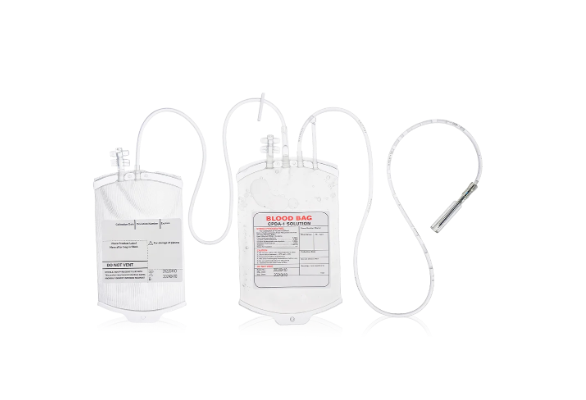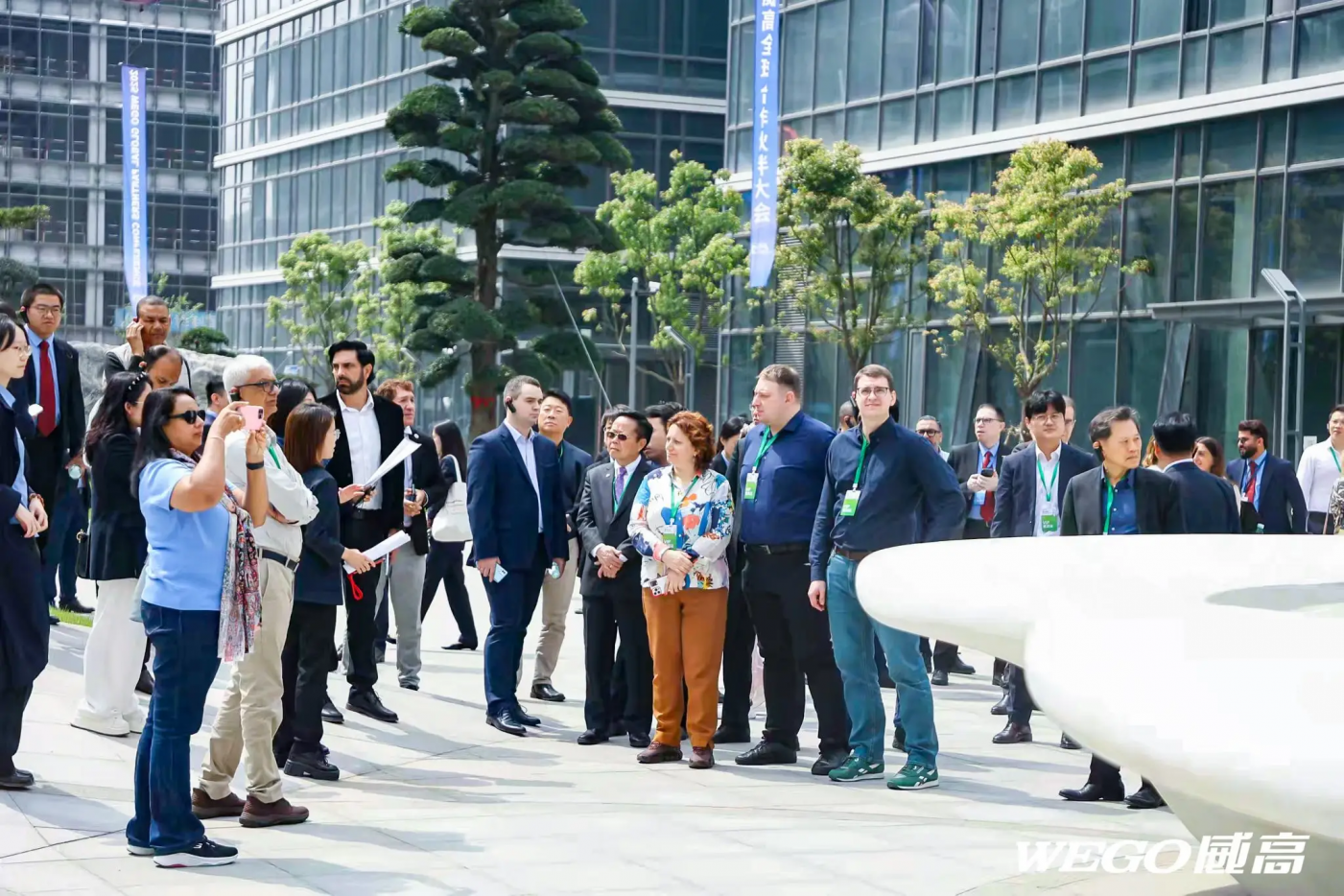Successful surgical procedures rely on both the skill of the medical team and the reliability of the materials they use. At WEGO Medical, we recognize that even small improvements in suture design can make a significant difference in patient recovery and overall surgical efficiency. One of the key areas where we focus our expertise is the coating applied to polyglycolic acid suture, which plays a vital role in handling, tissue interaction, and knot stability. Our goal is to ensure that each suture performs consistently, supporting surgeons throughout every stage of a procedure.
Optimizing Glide and Reducing Tissue Trauma
A properly coated polyglycolic acid suture provides smoother passage through tissue, reducing friction and the effort required during stitching. Careful coating methods maintain the absorbable properties of the material while improving handling. This reduction in resistance allows surgeons to place precise stitches with controlled tension, helping minimize tissue trauma. Smoother suture glide contributes to faster wound closure and can support better overall healing, reflecting a thoughtful balance between performance and patient safety.
Supporting Knot Reliability and Surgical Consistency
Knot security is essential for maintaining effective wound closure, and the surface characteristics of sutures have a measurable impact on this aspect. By applying a consistent coating to polyglycolic acid sutures, knot formation is improved and the likelihood of slippage during or after surgery is reduced. Coatings can also enhance handling and tissue glide, which helps surgeons tie precise knots even in challenging or deep surgical sites. Thorough testing of each batch ensures that the coating enhances mechanical performance without altering the predictable absorption timeline, allowing surgeons to rely on consistent suture behavior during complex procedures. Properly coated sutures contribute to procedural reliability, reduce intraoperative adjustments, and support overall surgical efficiency while minimizing the risk of postoperative complications.
Preserving Absorbability and Biocompatibility
While coatings improve mechanical handling, they must not compromise the suture’s inherent absorbable and biocompatible properties. Coated polyglycolic acid sutures are formulated to maintain predictable absorption rates while enhancing tissue glide, knot security, and ease of manipulation. Compliance with international standards, such as CE marking and FDA 510K requirements, ensures that these sutures meet safety and quality benchmarks for clinical use. Combining mechanical enhancement with biocompatibility allows the suture to support both surgical efficiency and patient care, providing predictable tissue healing without increasing inflammatory response. Selectively collaborating with manufacturers like WEGO Medical ensures that product design and testing meet these rigorous standards, but the focus remains on providing surgeons with sutures that reliably perform in real-world surgical conditions.
Conclusion
The application of coatings to polyglycolic acid suture provides tangible benefits, including smoother handling, secure knot formation, and reliable absorbability. At WEGO Medical, our focus on precise coating processes and strict quality control allows us to deliver sutures that consistently meet clinical expectations. Surgeons can rely on our products for enhanced procedural efficiency and improved patient outcomes. By maintaining a careful balance between performance, absorption, and biocompatibility, we continue to support the evolving demands of modern surgical practice and the needs of medical teams worldwide.






